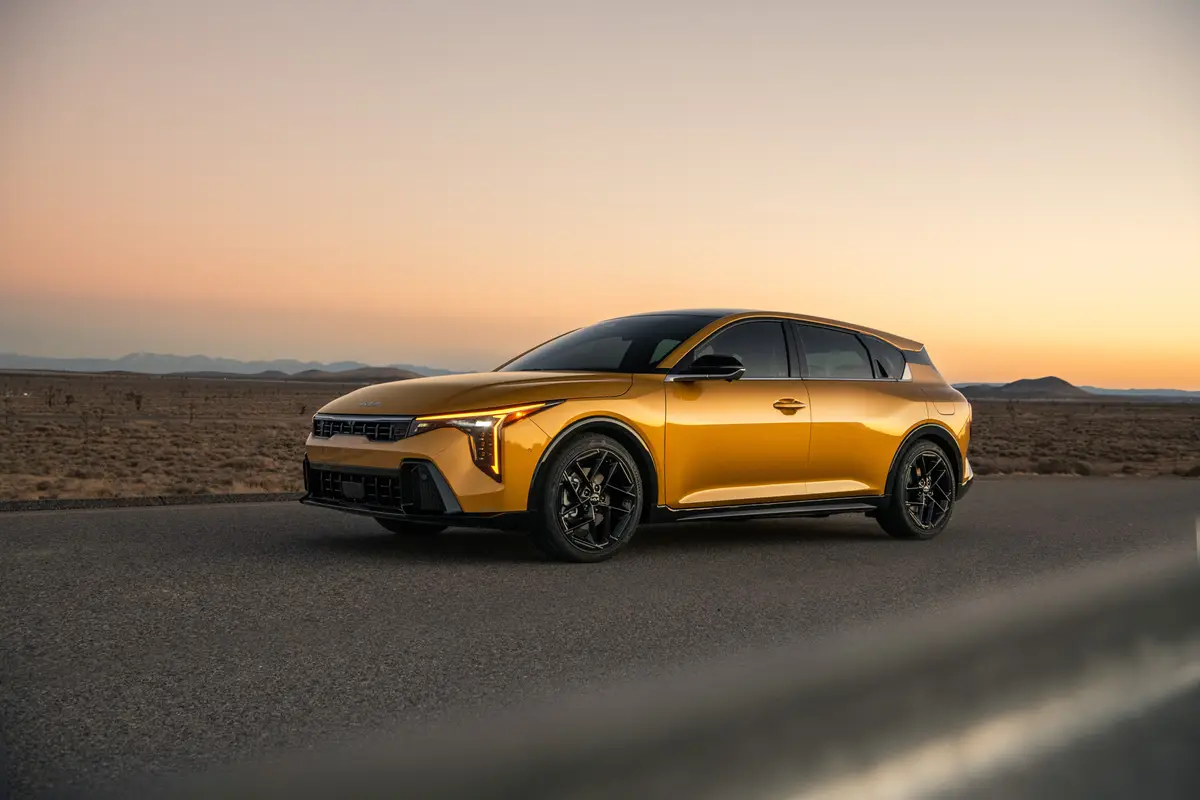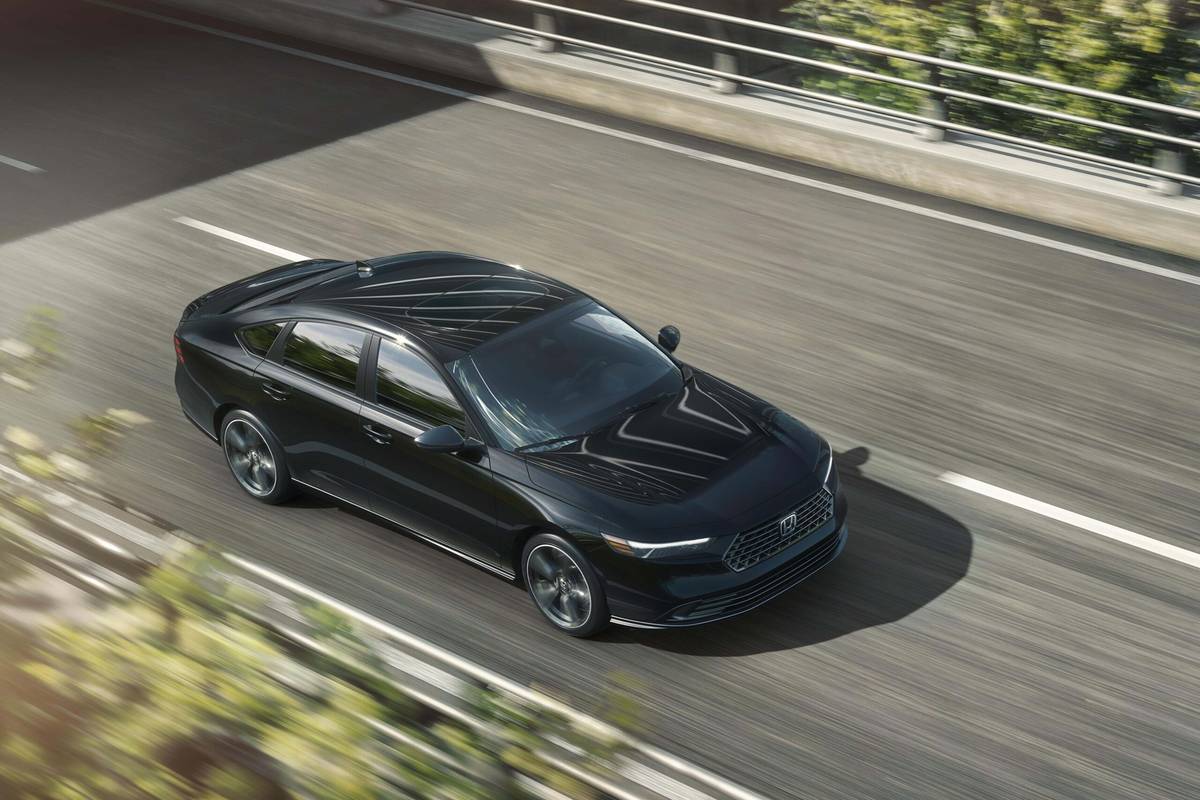Cincinnati.com's view
There’s hardly a vehicle in the United States that is more iconic than the Chevrolet Impala, this week’s test subject.
Those of us who are not X generation or Y generation (more like M generation) can remember the Impala’s illustrious history.
In the late ’50s, it was introduced as the fancy-schmancy version of the Bel Air. It was a large, not exactly flashy, rear-drive family car.
It caught on to the extent that it became its own model line the following year.
In 1961 it really came into its own, with a complete redesign. To appeal to the younger crowd, GM dropped into one version, the Super Sport, a 409-cubic-inch V-8. (That’s 6.6 liters in this metricating age.) It caught on big time and some wild things were done to that power plant by distinctly non-family types. This, kiddies, was back when “high-test” or “ethyl” sold for about a quarter a gallon.
The family audience also embraced the car, the minivan not having been invented yet. (The family buyer generally opted for a more domesticated engine.) Sales topped the million mark in 1965.
The oil embargo of 1973, with its skyrocketing gas prices, tolled the death knell for that line of Impala and its behemoth brethren. It bumped along for a few years. Then one point the nameplate was retired.
The Impala moniker was brought back for the 2000 model year, though the only similarity to the gas-guzzling, pavement-ripping bomb of old was he Chevrolet bowtie emblem.
The car is still large, but it’s now front-wheel drive and can be had with only a six-cylinder engine. The base car can be fitted with a bench seat, making nominal capacity six people. The LS cannot, nor would it be kind to stuff three adults in back.
The two series, base and LS, are distinguished in part by the quality of the interior trim, but more significantly by their different motive power.
The base car gets the familiar GM 3.4-liter V-6 overhead-valve motivator. The LS comes with the tried-and-true 3.8-liter pushrod V-6. Fuel economy ratings for the LS are 19 mpg city, 29 highway.
Pavement has nothing to fear from either of these beasties.
The base and LS engines are separated by not all that much horsepower and torque. The base car is pulled by 205 foot-pounds and 180 hp. The LS, 225 and 200. They differ only a small amount in fuel economy and both run on regular unleaded gas, 87 octane.
Those numbers are fine for a big family car. I found the tester was eager from a standing start, and had no problem getting up to speed on freeway on-ramps. If you turn off traction control and have a sensitive right foot, you can go from stop to 60 in about 8.5 seconds.
The base car starts out with a base price of $21,695, including the $660 freight. The LS starts at $24,795, with freight.
I would not make a buying decision on the engine difference. It won’t matter that much in a 3,400-pound car. Rather, do a nice long test drive in each and see how they feel.
The suspension and chassis are loose enough to be reminiscent of the floaty ride of yesteryear, comfort being a more valuable commodity than handling in this market segment. The LS I tested allegedly had the “sport touring” suspension, i.e., more robust shocks and springs. It’s hard to imagine how the car would be without it.
On a nice flat surface, the ride is great. On an undulant country road, it’s mushy. Over really bad stuff, or in a severe turn, it’s almost scary, there’s so much leaning and bumping going on. Nor do the seats offer much support. But I doubt anyone would be inclined to drive this car in a sporty fashion.
The steering, though disconcertingly vague, is reasonably weighted with a good on-center feel. It knows how to maintain an arrow-straight course without much driver involvement. The transmission shifted quickly and smoothly, but overall gearing was so high that there s not much engine braking even in second, and in overdrive fourth, the car felt as if it were on cruise control. All in pursuit of better mileage numbers, I suppose.
Noise level was moderate, even at 70, most of the fuss coming from the tires.
The brakes are surprisingly good. Chevy uses modest-sized discs front and rear. Antilock is available on the base car, included on the LS. I tried my panic-stop drill from 70 mph, and, despite a somewhat squishy brake pedal, the Impala did quite well.
Of the logical alternatives, the Chrysler Concorde/Dodge Intrepid twins would be the pick of the litter for me, even though they, too, are front-wheel drive.
Compared to them, the Ford Crown Victoria (seen mostly as a police car nowadays, as is the Impala) and Pontiac Bonneville seem antediluvian. You don’t see six-passenger (nominal) import cars until you head way up on the price scale.
The one thing that might be a deal-breaker for some folks is the Impala’s towing capacity, or lack thereof. It’s rated at 1,000 pounds. Put too much weight on the hitch, and you’ll have the driving wheels off the ground – one disadvantage of FWD.
The Impala’s proudest boast is that it aced the government’s crash tests. It did indeed, in the head-on crash, getting five stars out of five. In the side-impact test, the Impala rated four stars for passenger protection both front and rear. That’s still dean’s list performance.
On the more rigorous testing done by the Insurance Institute for Highway Safety, the Impala made a good showing. It got top marks in most categories, the second-highest (acceptable) in two. Here the Concorde/Intrepid did not fare well at all, compared with GM’s products. Be careful backing up – in the IIHS’s 5-mph bumper bashing, the Impala suffered an average of $691 damage. That’s about mid-pack; still hurts.
The Impala has a couple of things that might be called cool, and they’re unexpected in this bracket.
One is an engine-oil-wear monitor, which tells you when to get an oil change based on your usage. (Technically, rpms and operating temperatures are subjected to an algorithm that estimates when it’s time.) Some luxury cars have this feature, or a more sophisticated version; it’s new enough that I need to be convinced it does what it’s supposed to. Ordinary mineral oil, 10W-30, is recommended.
The second nifty surprise is a tire-inflation monitor. It warns when any of the tires is way below the recommended pressure. This isn’t that hard to implement, but it’s still rare, though I think it’ll be common in a couple of years. All it does watch the rotational velocity of each tire. If one is out of line a certain percentage, you get a warning.
The test car was quite fully equipped in its natal state; the only thing added to it was a premium audio system and floor mats. The LS comes with an AM/FM/cassette stereo. The $345 upgrade adds a lot of goodi es, like automatic tone and volume control, plus a 200-watt auxiliary amplifier and six purportedly premium speakers. It was one of the best GM radios I’ve heard. It was crystal clear (on FM and CD), offered a nice range of tweaking possibilities, had an unusually sensitive tuner, and excellent presence. Worth considering if you pamper your ears. The floor mats were 40 bucks, making the total $25,180.
The happy news: You can get more than $2,000 knocked off, on average, as reported by Edmunds.com. And if you haven’t been doing a tour in Afghanistan, you know there are some seductive incentives out there – like a $3,000 kickback from the factory, and 0 percent financing.
Latest news



